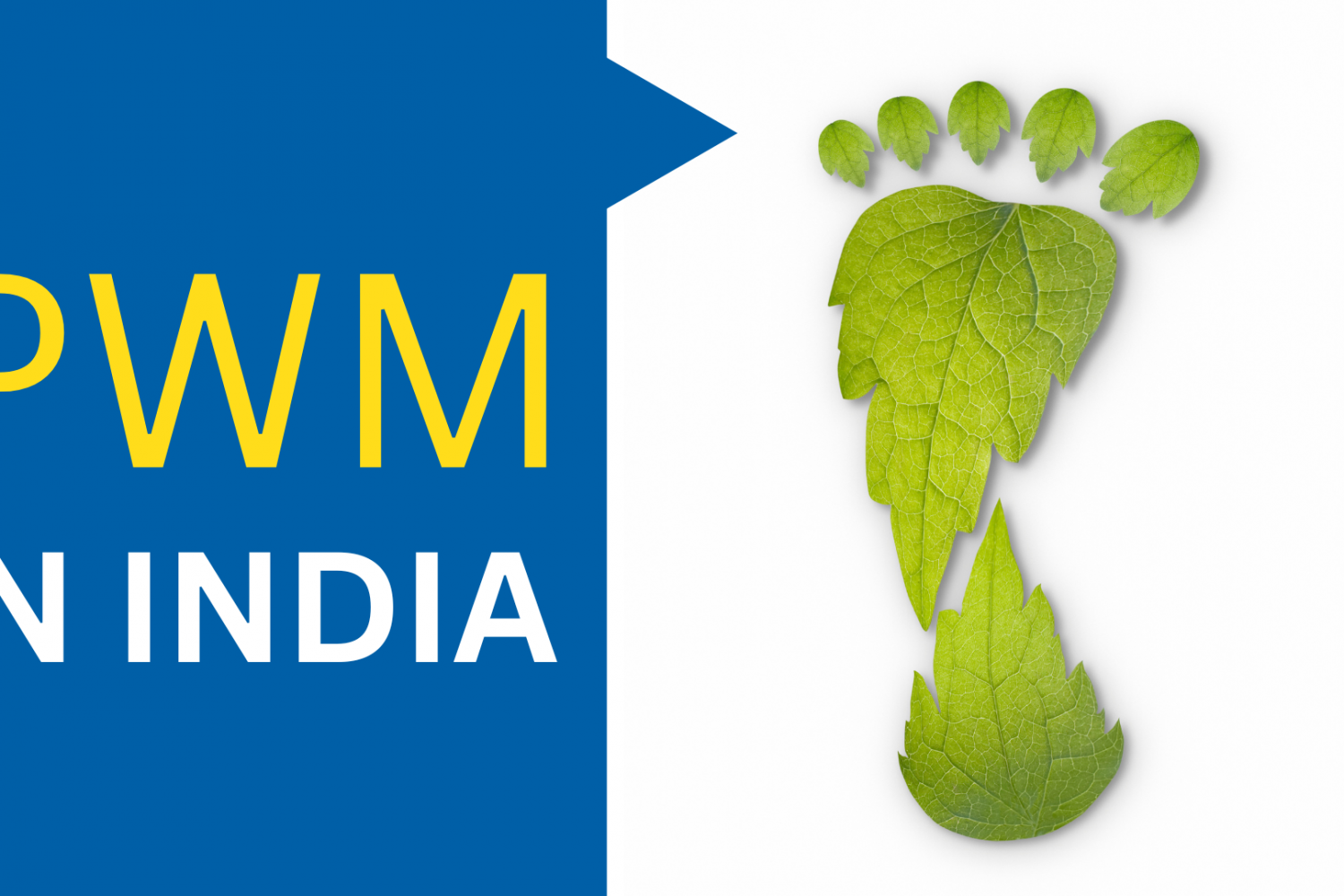Introduction
There are a few simple ways to reduce your carbon footprint and have a positive impact on the environment. Here are five tips:
- Switch to low-impact transportation options whenever possible. Public transportation, biking, and walking are all good options for reducing your carbon footprint.
- Reduce your energy consumption. Try to use less energy when you’re heating or cooling your home, turn off appliances when you’re not using them, and choose green energy sources when possible.
- Plant trees and improve your soil health. Trees can help reduce air pollution and help improve the soil’s ability to absorb water and nutrients. Improving your soil health also helps reduce your carbon footprint by reducing the amount of waste that needs to be disposed of.
- Use recycled materials whenever possible. Recycled materials can be used in new products or they can be composted, which reduces the amount of waste that needs to be disposed of.
- Follow sustainable living practices whenever possible. Sustainable living practices conserve resources and help protect the environment, while also being affordable and practical.
How Can We Make The Planet Greener?
There are many ways that we can make the planet greener, and to do so, it is important to be aware of our individual carbon footprints. Reducing your carbon footprint can be as simple as choosing more environmentally friendly products, or changing your habits altogether. Here are a few simple ways to reduce your carbon footprint:
1. Choose environmentally friendly products. Buying organic foods and products made with sustainable materials can help reduce your carbon footprint.
2. Use public transportation instead of driving. Taking public transportation instead of driving can save you a lot of gas and emissions.
3. Recycle what you can. When possible, try to recycle materials that would normally be thrown away instead of putting them into the waste stream. This can reduce the amount of garbage that ends up in landfills, which contributes to climate change.
4. Plant trees and shrubs in your garden or yard. Trees and shrubs take up space but provide environmental benefits such as reducing air pollution and water runoff.
Solutions to the Problem of Waste
There is no doubt that the amount of waste created every day is alarming. In fact, according to the EPA, Americans generate over two million tons of municipal solid waste each year.
This staggering figure translates to enough trash to fill up an area the size of New Jersey nearly thirteen times! And this number only reflects what’s being thrown out in developed countries – it doesn’t include the mountains of garbage produced by developing countries each year.
Of course, not all of this waste is created as equally harmful. In fact, some forms of waste are actually quite beneficial – for example, recycling can help reduce the number of materials that end up in landfills.
However, even recycling isn’t foolproof – for example, metals can often be recycled multiple times, but plastics only once. This means that a lot of plastic ends up in landfills instead of being recycled, which exacerbates the problem of waste overall.
Conclusion
As the world becomes more and more conscious of our impact on the environment, there has never been a better time to start reducing our carbon footprint. Here are some simple ways that you can start today:
-Choose sustainable transportation options when possible, such as public transport or biking.
-Reduce your energy consumption by using LED lightbulbs and turning off electronics when not in use.
-Install insulation in your home to reduce your heating and cooling costs.

